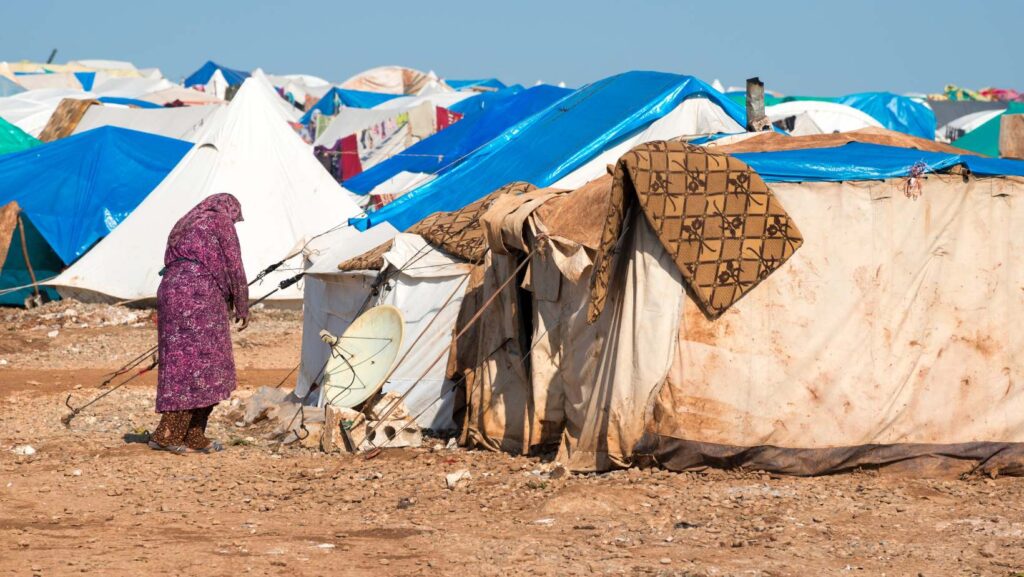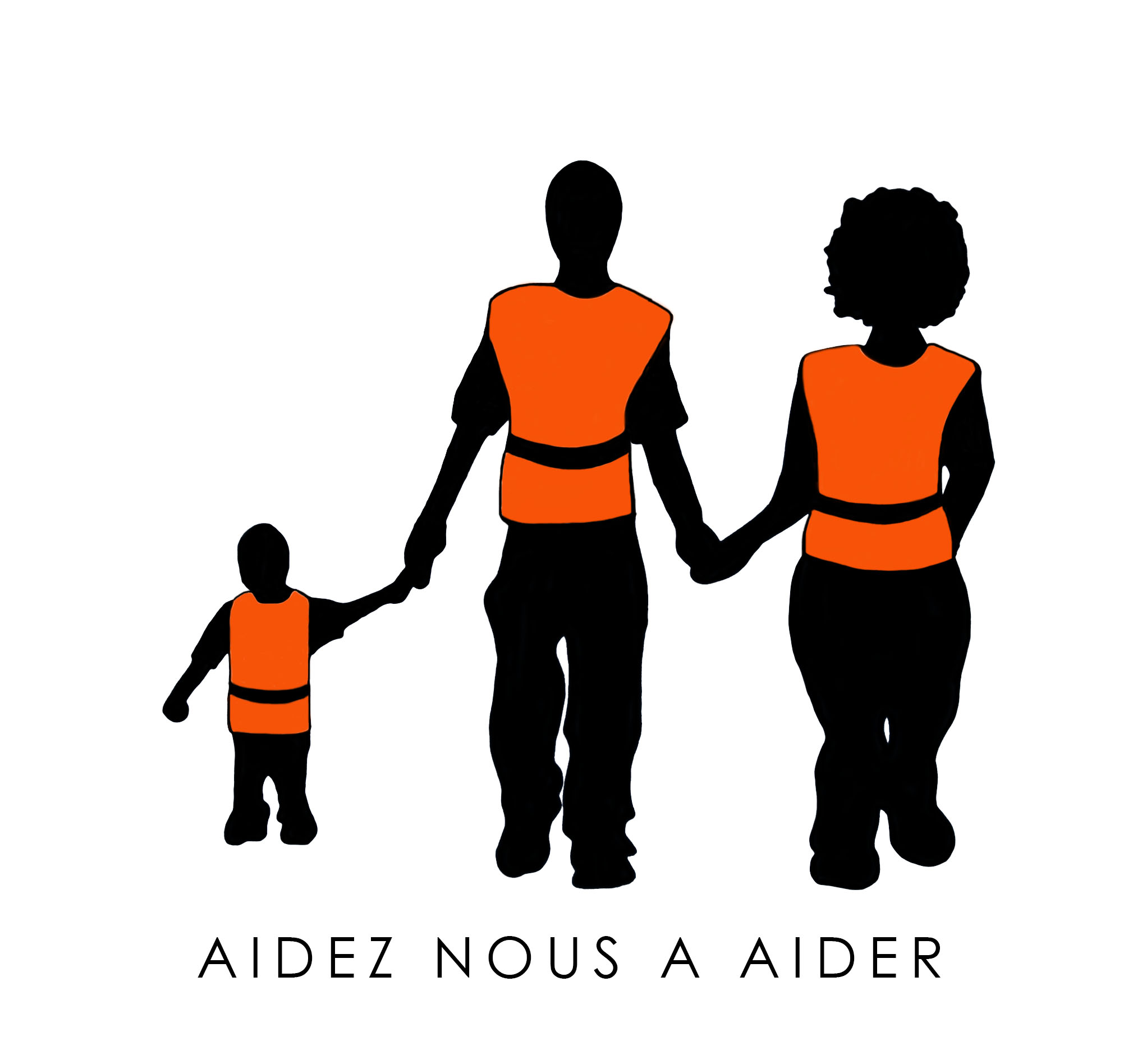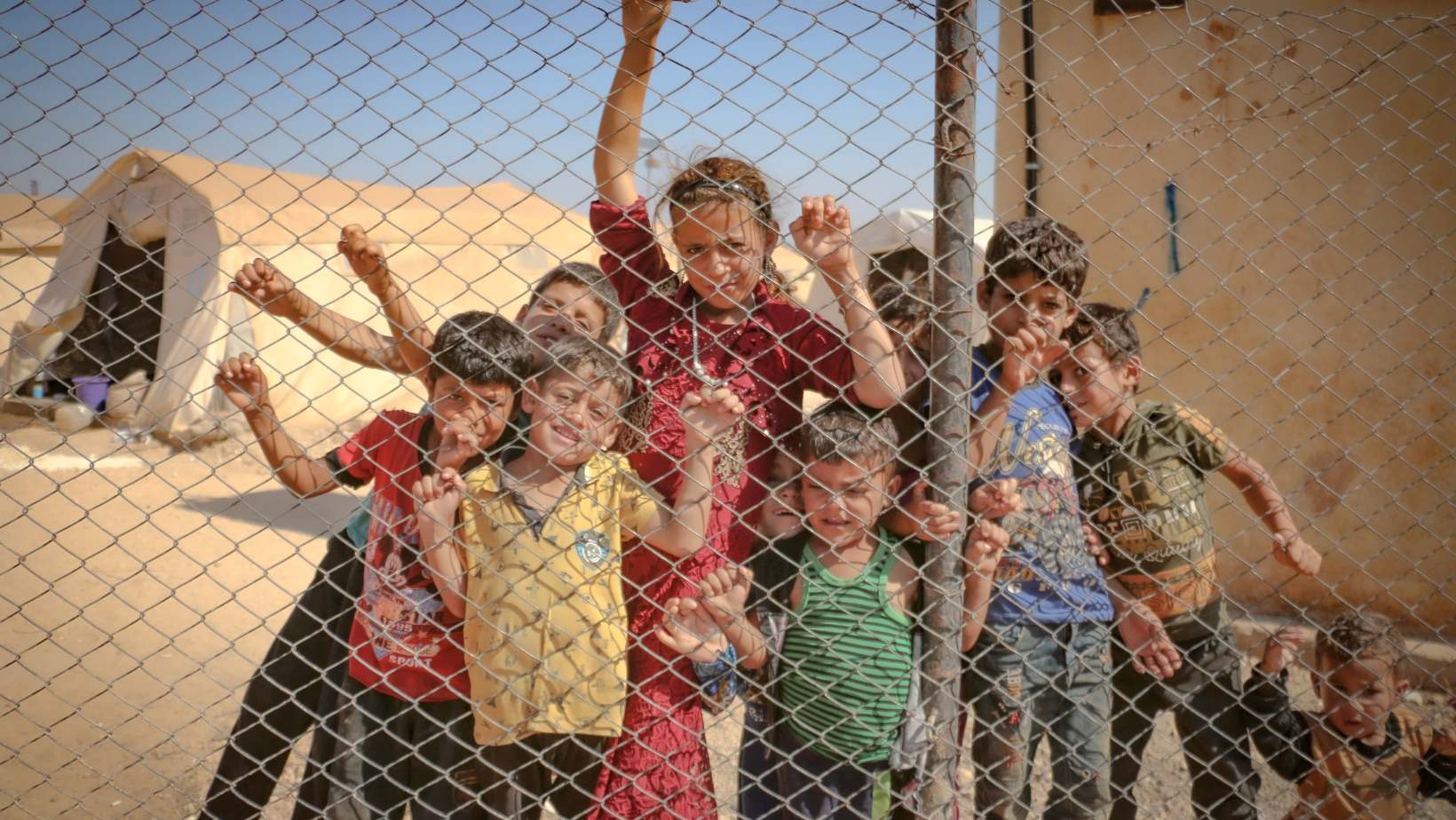In recent years, the world has witnessed a profound migration crisis unfold, particularly in North Africa and Europe, with millions of individuals undertaking perilous journeys in search of safety, opportunity, and a better life. When did the migration crisis start? The migration crisis in North Africa and Europe did not emerge overnight but rather evolved over decades, shaped by a confluence of historical events and socio-economic dynamics. Colonial legacies, political instability, armed conflicts, economic disparities, and environmental degradation have long plagued countries across Africa and the Middle East, prompting waves of migration both within and beyond their borders.

Arab Spring and it’s aftermath
The migration crisis that unfolded in North Africa and Europe can be traced back to a series of transformative events that shook the region and set the stage for unprecedented waves of displacement and human mobility. When did the migration crisis start? While pinpointing an exact starting point is complex, one pivotal moment in this timeline is the Arab Spring, a revolutionary wave of protests and uprisings that swept across several countries in North Africa and the Middle East in 2010 and 2011.
The Arab Spring initially emerged as a beacon of hope, as citizens across the region took to the streets to demand political reform, social justice, and an end to authoritarian rule. Sparked by the self-immolation of Tunisian street vendor Mohamed Bouazizi in December 2010, protests quickly spread to countries like Egypt, Libya, Syria, Yemen, and Bahrain, among others.
However, the aftermath of the Arab Spring unleashed a wave of political instability, civil unrest, and armed conflicts across the region. In Libya, the overthrow of Muammar Gaddafi’s regime led to a power vacuum and descent into chaos, with rival factions vying for control. Similarly, in Syria, peaceful protests against President Bashar al-Assad’s government escalated into a brutal civil war, triggering one of the most severe humanitarian crises of the 21st century.
The collapse of authoritarian regimes and the eruption of violent conflicts resulted in widespread displacement, as millions of people were forced to flee their homes in search of safety, security, and refuge. Syrians, Libyans, Yemenis, and others found themselves caught in the crossfire, facing persecution, violence, and economic devastation.
As neighboring countries strained under the weight of burgeoning refugee populations, many displaced individuals embarked on perilous journeys in search of sanctuary beyond the region. Europe, with its promise of safety, stability, and opportunity, emerged as a primary destination for those fleeing conflict and persecution.
The Mediterranean Sea became a treacherous crossing point for asylum seekers and migrants, with overcrowded boats and perilous sea voyages claiming countless lives. The harrowing images of desperate families clinging to makeshift rafts and overcrowded vessels captured the world’s attention, highlighting the urgency of the humanitarian crisis unfolding on Europe’s doorstep.
The migration crisis posed significant challenges for both the countries of origin and destination, as well as international organizations tasked with addressing the burgeoning humanitarian needs. European countries grappled with the complexities of managing the influx of refugees and migrants, balancing humanitarian imperatives with domestic political pressures and security concerns.
The crisis also underscored the need for coordinated and comprehensive responses, encompassing humanitarian assistance, refugee resettlement, and long-term solutions to address the root causes of displacement. Despite efforts to enhance cooperation and solidarity among European Union member states, divergent approaches and policy responses highlighted the complexities of managing large-scale migration flows.

As conflict-ridden regions in North Africa and the Middle East became increasingly untenable, migrants and refugees found themselves facing desperate choices in their quest for safety and stability. With traditional avenues of escape closing off and humanitarian crises deepening, many turned to perilous routes in a bid to reach Europe, where the promise of refuge and opportunity beckoned. When did the migration crisis start? Among these routes, the Mediterranean Sea emerged as a harrowing but often unavoidable passage for those seeking sanctuary on European shores.
The Mediterranean crossing has become synonymous with peril, as migrants and refugees risk their lives aboard overcrowded and unseaworthy vessels operated by smugglers. These makeshift boats, often packed to the brim with men, women, and children fleeing conflict and persecution, are ill-equipped for the treacherous journey ahead. The perilous conditions, coupled with unpredictable weather patterns and rough seas, have led to countless tragedies at sea, with lives lost and dreams shattered beneath the unforgiving waves.
Humanitarian Intervention and Rescue Operations
The Mediterranean’s deadly reputation as a graveyard for migrants and refugees has sparked urgent calls for humanitarian intervention and coordinated efforts to prevent further loss of life. Non-governmental organizations (NGOs), international agencies, and volunteer rescue groups have launched search and rescue operations to pluck stranded migrants from the jaws of death and provide lifesaving assistance. These efforts, often conducted in collaboration with European coast guard authorities, have saved countless lives but have also highlighted the need for sustained and comprehensive solutions to address the root causes of migration.
The Mediterranean migration crisis underscores the urgent need for international cooperation and collective action to address the underlying drivers of displacement and migration. Conflicts, political instability, economic hardship, and climate change in regions of origin have fueled the exodus of millions of people in search of safety and opportunity.
As the Mediterranean continues to claim the lives of migrants and refugees in search of a better future, there is an imperative to adopt a comprehensive and compassionate response to the migration crisis. This includes strengthening legal pathways for migration, enhancing asylum and refugee protection systems, combating human trafficking and smuggling networks, and promoting sustainable development in countries of origin. Moreover, it requires a commitment to upholding human rights, dignity, and solidarity for all those forced to flee their homes in search of safety and security.

Socio-Economic Disparities and Push Factors
In addition to the overt impacts of conflict and political instability, a myriad of socio-economic factors have been a driving force behind migration from North Africa and other regions. These factors, often intertwined and complex, contribute to a sense of hopelessness and compel individuals, particularly young people, to seek better opportunities elsewhere.
When did the migration crisis start? One of the primary factors propelling migration is the pervasive socio-economic disparities prevalent in many regions, including North Africa. High unemployment rates, particularly among youth, create a sense of frustration and disillusionment, as individuals struggle to find meaningful employment and build a secure future for themselves and their families.
Corruption and lack of transparency within governance structures undermine economic development and erode public trust, stifling entrepreneurship and hindering economic growth. The pervasiveness of corruption not only perpetuates socio-economic inequalities but also undermines efforts to create a conducive environment for business and investment, ultimately driving individuals to seek opportunities in more stable and transparent environments.
Environmental Degradation and Climate Change
Environmental degradation and climate change add another layer of complexity to the migration crisis, exacerbating existing vulnerabilities and driving communities to the brink. Rising sea levels, desertification, and extreme weather events disrupt traditional modes of subsistence, leading to displacement as communities are forced to abandon their homes in search of more hospitable environments.
It’s crucial to recognize the intersectionality of these factors, as they often overlap and compound one another, creating complex and multifaceted drivers of migration. For example, socioeconomic disparities and lack of opportunities can exacerbate tensions within communities, leading to social unrest and political instability. In turn, environmental degradation and climate change can further destabilize fragile contexts, exacerbating conflict and displacement.
Addressing the root causes of migration requires a holistic and multi-dimensional approach that encompasses economic development, governance reform, environmental sustainability, and climate resilience. Furthermore, international cooperation and solidarity are essential for addressing the transnational nature of the migration crisis and advancing collective solutions.
When did the migration crisis start? The migration crisis has posed formidable challenges for policymakers, governments, and humanitarian organizations, prompting a range of responses that have varied in their effectiveness and impact. While some countries have adopted restrictive immigration policies and border controls, others have embraced more inclusive and humanitarian approaches.
As the migration crisis in North Africa and Europe continues to evolve, it remains imperative for stakeholders to adopt a comprehensive and holistic approach that addresses both the immediate humanitarian needs and the underlying structural drivers of migration. Fostering greater understanding, empathy, and solidarity towards migrants and refugees is essential in building more inclusive and resilient societies.
When did the migration crisis start? The migration crisis in North Africa and Europe is a complex and multifaceted phenomenon rooted in historical injustices, socio-economic inequalities, and geopolitical dynamics. By confronting its underlying causes with courage, compassion, and cooperation, the global community can aspire to build a more just, equitable, and humane world.

